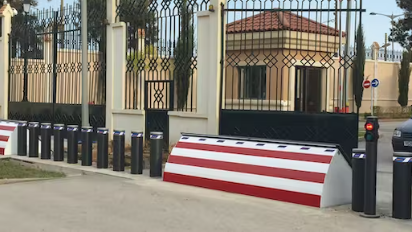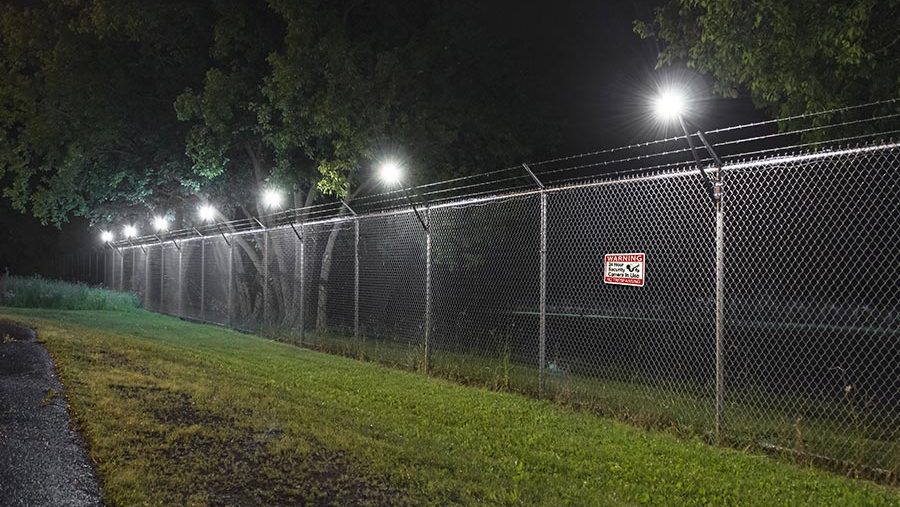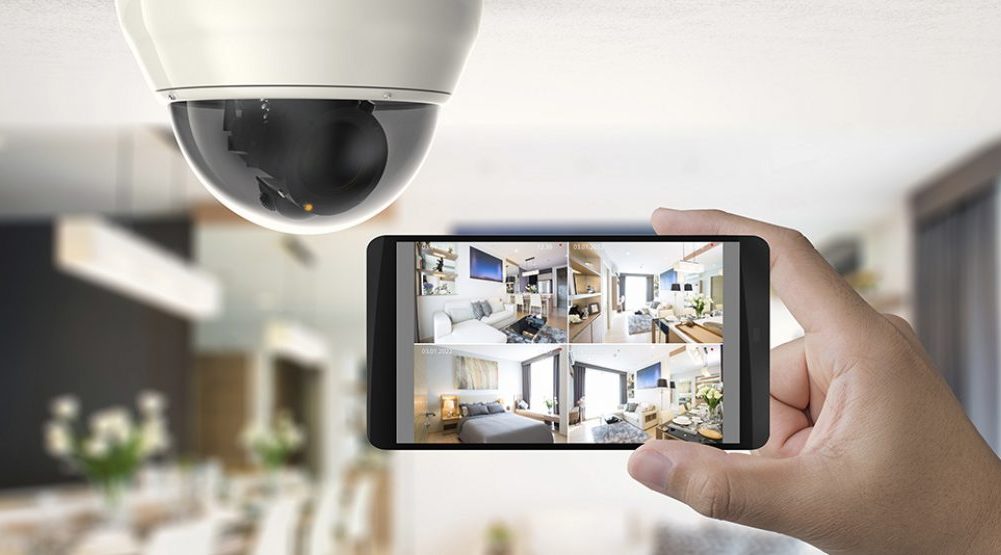Physical security is a crucial aspect of protecting a facility, whether it’s a home, office, warehouse, or other type of building. A physical security assessment is a systematic evaluation of a facility’s physical security measures, with the goal of identifying any weaknesses or vulnerabilities and recommending improvements to enhance security.
There are many factors to consider when conducting a physical security assessment. Some key areas to focus on include access controls, physical barriers, lighting, surveillance, security personnel, emergency preparedness, and physical vulnerabilities.
Access controls are the processes and systems in place to control who can enter and exit a facility, as well as where they can go once inside. These can include locks, keys, badges, and other security measures. It’s important to assess the effectiveness of these controls and ensure that they are adequate to protect against unauthorized access.
Physical Barriers:
Physical barriers are the physical structures that protect a facility from external threats, such as fences, bollards, gates, entry turnstiles, spikes, walls, and doors. These barriers should be in good condition and able to deter or delay an attacker. It’s also important to consider the placement of these barriers, as they should be placed in strategic locations to provide the most protection.

Lighting:
Lighting is an important aspect of physical security, as it can deter potential threats and make it easier to identify any suspicious activity. It’s important to assess the lighting levels in and around the facility, including the intensity, placement, and coverage of lights. Adequate lighting can also make it easier for security personnel to monitor the facility and respond to any incidents.

Video Surveillance:
Surveillance is another key component of physical security. The use of surveillance cameras and other monitoring systems can help detect and deter security threats. It’s important to assess the coverage, quality, and effectiveness of these systems and ensure that they are adequately protecting the facility.

Security Personnel:
Security personnel play a vital role in protecting a facility. The presence of security personnel can serve as a deterrent to potential threats and can help respond to any incidents that may occur. It’s important to assess the training, qualifications, and effectiveness of security personnel and ensure that they are properly equipped to handle any security challenges that may arise. Also there must be a active monitoring of surveillance system by security personnels to effectively response to any security breach or incidence.

Emergency Preparedness:
Emergency preparedness is also an important aspect of physical security. It’s important to have plans and procedures in place to respond to emergencies, such as fires, natural disasters, or active shooters. These plans should be regularly reviewed and tested to ensure that they are effective in the event of an emergency.
Physical Vulnerabilities:
Physical vulnerabilities are weaknesses in a facility’s security posture that could be exploited by attackers. These can include unsecured doors or windows, inadequate lighting, or other weaknesses in the facility’s security measures. It’s important to identify and address any physical vulnerabilities to ensure the facility is adequately protected.
One example of the importance of physical security can be seen in the case of the 2014 data breach at Target. In this case, hackers were able to gain access to the retailer’s network through a physical security weakness – an unsecured HVAC vendor’s account. This allowed the hackers to install malware on Target’s point-of-sale registers, ultimately leading to the theft of 40 million credit and debit card numbers and the personal information of 70 million customers.
The importance of physical security is clear in this case, as the lack of proper security measures allowed the hackers to gain access to the retailer’s network and steal sensitive customer data. By conducting a thorough physical security assessment and addressing any weaknesses, organizations can protect against such threats and prevent similar data breaches from occurring.
Another example of the importance of physical security in Nigeria can be seen in the case of the April 2014 attack on the Abuja office of the Independent National Electoral Commission (INEC). In this incident, gunmen broke into the INEC office and stole sensitive election materials, including voter registration cards and thumbprint scanners.
The attack was a major security breach and raised concerns about the vulnerability of the electoral process in Nigeria. It highlighted the importance of physical security measures in protecting sensitive facilities and materials, as well as the need for robust security protocols to prevent such incidents from occurring.
In response to the attack, the INEC implemented a number of security measures to enhance the physical security of its offices and other facilities. These measures included the installation of surveillance cameras and other monitoring systems, the deployment of security personnel to protect key facilities, and the implementation of strict access controls to ensure that only authorized personnel were allowed to enter sensitive areas.
These measures helped to prevent similar attacks from occurring in the future and ensured that the electoral process in Nigeria was more secure and reliable. The incident also served as a reminder of the importance of physical security in protecting against potential threats and maintaining the integrity of critical infrastructure and processes.
The benefits of implementing effective physical security measures are numerous. These measures can deter potential threats and protect against unauthorized access to a facility. They can also help protect against theft and other crimes, as well as minimize the risk of damage to property and equipment.


